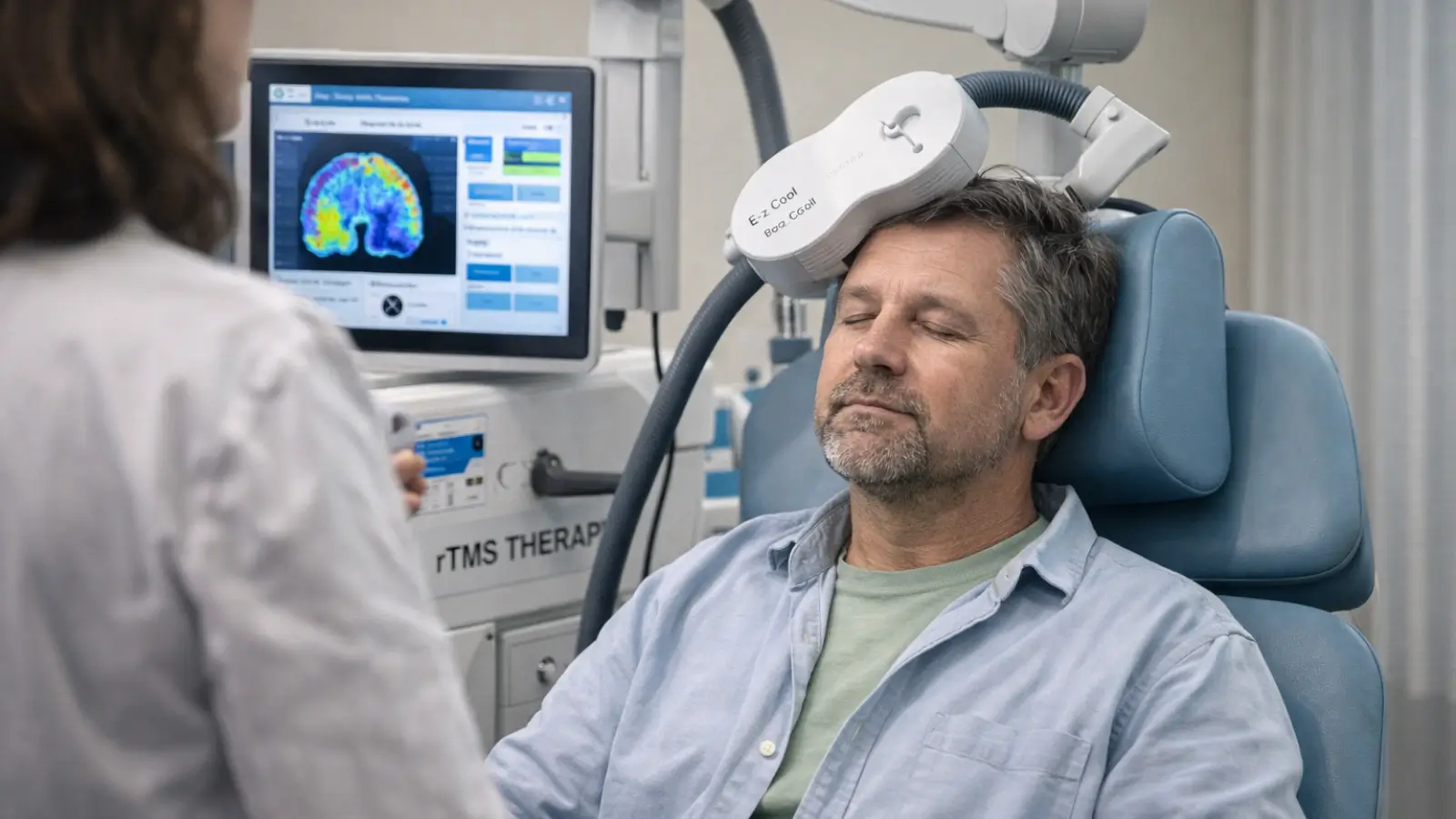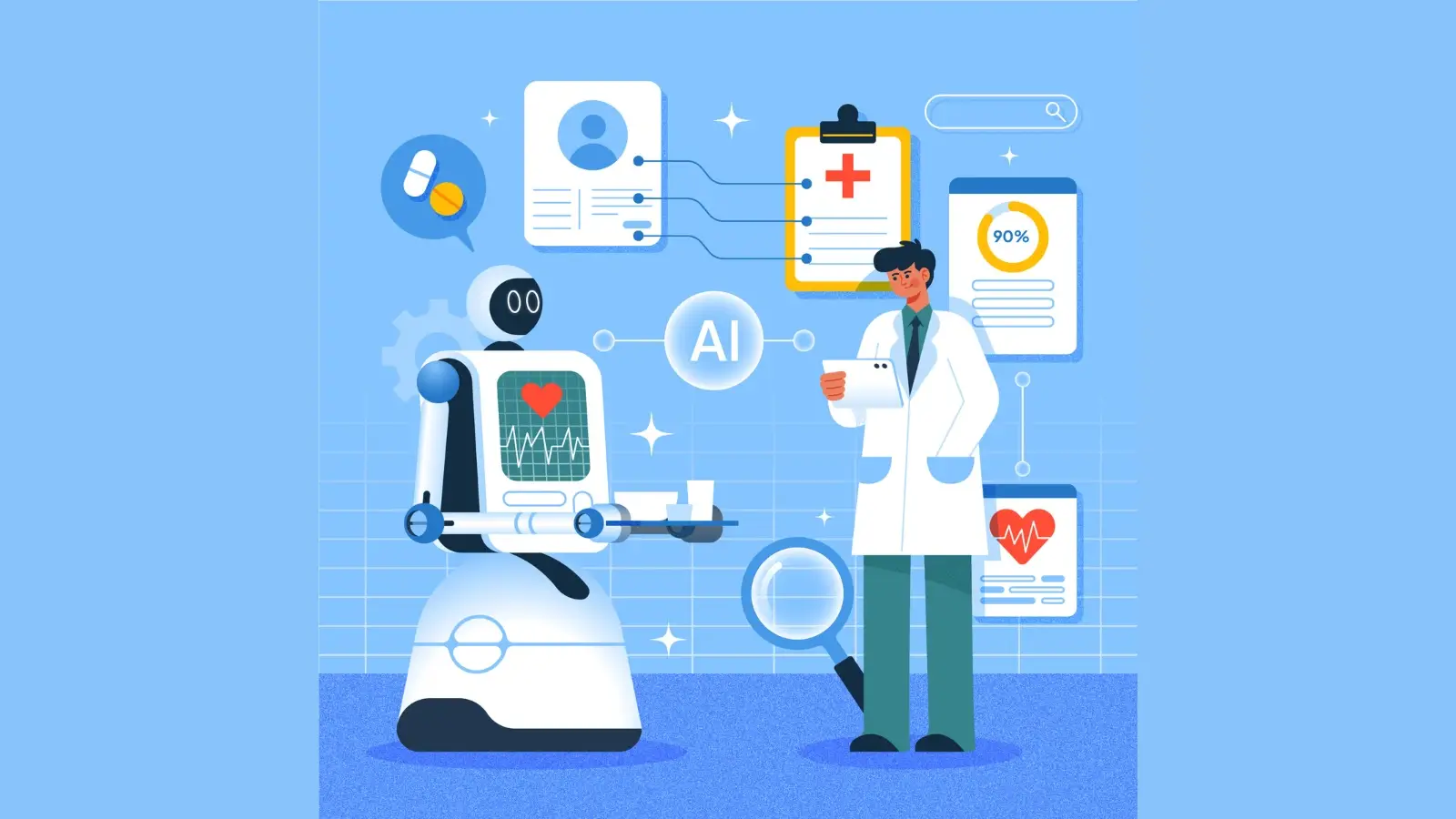In recent years, the healthcare industry has undergone a significant transformation driven by IT solutions, particularly through the adoption of advanced healthcare enterprise software. These solutions are not merely tools but critical enablers of a modernized infrastructure that prioritizes efficiency, security, and patient care. The integration of technology into healthcare systems has enhanced operations, improved patient outcomes, and addressed some of the sector's most pressing challenges. This article explores the various ways IT solutions are reshaping healthcare infrastructure and the tangible benefits they offer.
Streamlining Operations with IT Solutions
Healthcare infrastructure, from hospitals to administrative functions, has traditionally faced inefficiencies that result in high costs and delays. The introduction of IT solutions, including electronic health records (EHR), cloud computing, and hospital management software, has significantly improved operational efficiency.
EHRs have revolutionized patient data management. With the digital storage of medical records, healthcare providers can access patient information instantly, reducing the time spent on manual record-keeping and eliminating errors related to paper-based systems. This shift not only improves the accuracy of patient data but also enhances the coordination of care, leading to better patient outcomes.
Cloud computing has also played a pivotal role. By migrating data to secure cloud platforms, healthcare organizations can scale their infrastructure without the need for costly on-site hardware. Cloud-based systems enable seamless data sharing between departments, improving communication and collaboration across healthcare teams.
Furthermore, healthcare management software integrates multiple facets of hospital operations, including scheduling, billing, and resource management. This comprehensive approach ensures that resources are allocated effectively, leading to smoother daily operations and reducing administrative overhead.
Enhancing Patient Care with IT Innovations
IT solutions have greatly impacted the quality of care that patients receive. Technologies like telemedicine, remote monitoring, and AI-driven diagnostic tools are breaking down barriers and allowing for more personalized, efficient treatment options.
Telemedicine platforms have gained significant traction, particularly in rural areas where access to healthcare providers may be limited. Patients can consult with doctors through video calls, reducing the need for in-person visits. This not only saves time and money but also reduces the risk of exposure to infections in waiting rooms, particularly during health crises like the COVID-19 pandemic.
Remote patient monitoring (RPM) devices have also become more prevalent. These tools allow healthcare providers to track a patient’s health metrics in real-time, such as blood pressure, heart rate, or glucose levels. With continuous monitoring, doctors can detect potential issues before they become serious, enabling proactive interventions and minimizing hospital readmissions.
AI technologies, particularly in diagnostics, are helping healthcare professionals detect diseases earlier and more accurately. AI-powered tools can analyze medical imaging or genetic data far faster than traditional methods, aiding in early-stage detection of conditions like cancer, heart disease, and neurological disorders. These innovations are not just accelerating diagnosis but are also contributing to more targeted and effective treatment plans.
Improving Data Security and Compliance
With the increasing digitization of patient information, data security has become a critical concern in modern healthcare infrastructure. IT solutions are essential in ensuring the safety and confidentiality of sensitive patient data while maintaining compliance with regulatory standards such as HIPAA (Health Insurance Portability and Accountability Act).
Healthcare providers are leveraging advanced encryption technologies to safeguard data both during transmission and storage. Cloud solutions often come with built-in security features, including multi-factor authentication and data backup protocols, ensuring that patient records are protected from cyber threats.
Additionally, compliance management software helps healthcare organizations stay on top of ever-evolving regulations. By automating compliance processes, healthcare providers can avoid costly fines and ensure that their operations adhere to legal and ethical standards.
Facilitating Interoperability Across Systems

One of the major hurdles in healthcare infrastructure has been the lack of interoperability between different IT systems. Historically, various healthcare systems, such as EHRs, laboratory management systems, and pharmacy databases, operated in silos, limiting the flow of information.
IT solutions are now facilitating interoperability by providing platforms that enable seamless data exchange between disparate systems. Interoperability ensures that healthcare professionals have access to comprehensive patient data, regardless of where it originates. This holistic view of patient information leads to better-informed decisions, faster diagnoses, and more coordinated care.
A great example of this is Health Information Exchanges (HIEs), which enable healthcare organizations to share patient data across state or regional boundaries. HIEs improve the continuity of care for patients who may see multiple specialists or receive care from different institutions.
Supporting Healthcare Workforce Management
Effective workforce management is crucial for maintaining the quality of care in healthcare settings. IT solutions are helping hospitals and clinics manage staffing, reduce burnout, and ensure optimal workforce deployment.
Staff scheduling software has greatly improved how healthcare providers manage shift assignments and employee availability. By automating scheduling processes, these tools prevent scheduling conflicts, reduce staff fatigue, and ensure that there is always adequate coverage during peak times.
Workforce management solutions also help monitor employee performance, track training progress, and identify staffing needs in real-time. With data-driven insights, hospitals can make informed decisions regarding workforce allocation and working with locum staffing firms, ensuring that critical departments such as emergency rooms and intensive care units are staffed appropriately.
Reducing Costs with IT-Driven Efficiency
Cost control remains one of the most significant challenges in healthcare. The implementation of IT solutions offers considerable savings by improving operational efficiency, reducing waste, and optimizing resource usage.
Automated billing systems, for example, streamline the invoicing process, reduce human errors, and ensure that claims are processed more efficiently. Similarly, predictive analytics can be used to forecast patient volumes and help hospitals plan for high-demand periods, ensuring that staffing levels and resource allocation are optimized.
The use of AI and machine learning in drug discovery and research is also accelerating the development of new treatments. By automating repetitive tasks in research, these technologies not only speed up the process but also reduce the cost of developing new medications, ultimately benefiting both healthcare providers and patients.
Conclusion
IT solutions have become indispensable in modernizing healthcare infrastructure. From streamlining operations to improving patient care, these technologies have revolutionized how healthcare organizations function. As healthcare systems continue to embrace technological advancements, they are better positioned to provide high-quality, efficient, and patient-centered care.
The ongoing integration of IT solutions will likely lead to even more transformative changes in healthcare. With improved data security, enhanced patient outcomes, and optimized resource management, healthcare organizations are poised to meet the challenges of the future. Ultimately, these innovations will drive a more efficient and effective healthcare system, benefiting both providers and patients alike.














